To provide the best experiences, we use technologies like cookies to store and/or access device information. Consenting to these technologies will allow us to process data such as browsing behaviour or unique IDs on this site. Not consenting or withdrawing consent, may adversely affect certain features and functions.
The technical storage or access is strictly necessary for the legitimate purpose of enabling the use of a specific service explicitly requested by the subscriber or user, or for the sole purpose of carrying out the transmission of a communication over an electronic communications network.
The technical storage or access is necessary for the legitimate purpose of storing preferences that are not requested by the subscriber or user.
The technical storage or access that is used exclusively for statistical purposes.
The technical storage or access that is used exclusively for anonymous statistical purposes. Without a subpoena, voluntary compliance on the part of your Internet Service Provider, or additional records from a third party, information stored or retrieved for this purpose alone cannot usually be used to identify you.
The technical storage or access is required to create user profiles to send advertising, or to track the user on a website or across several websites for similar marketing purposes.

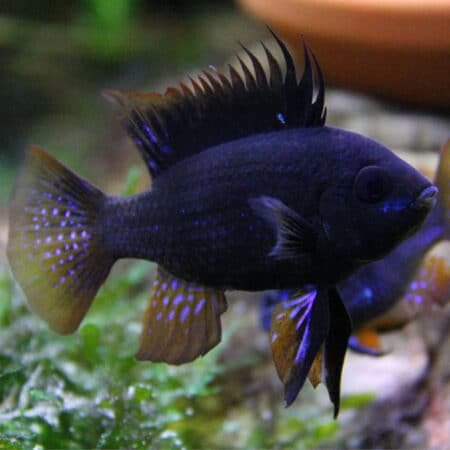


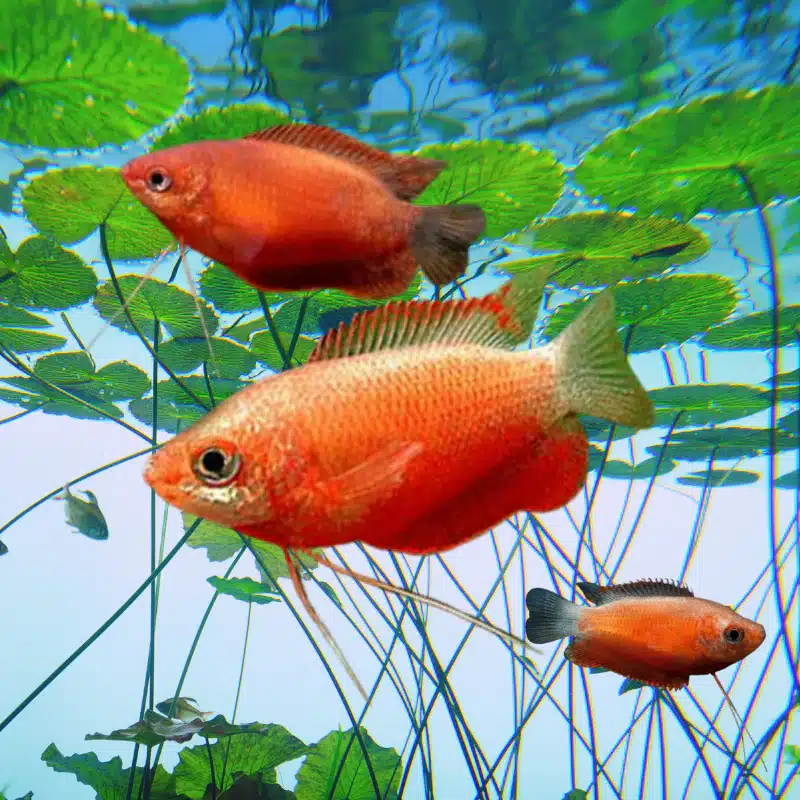

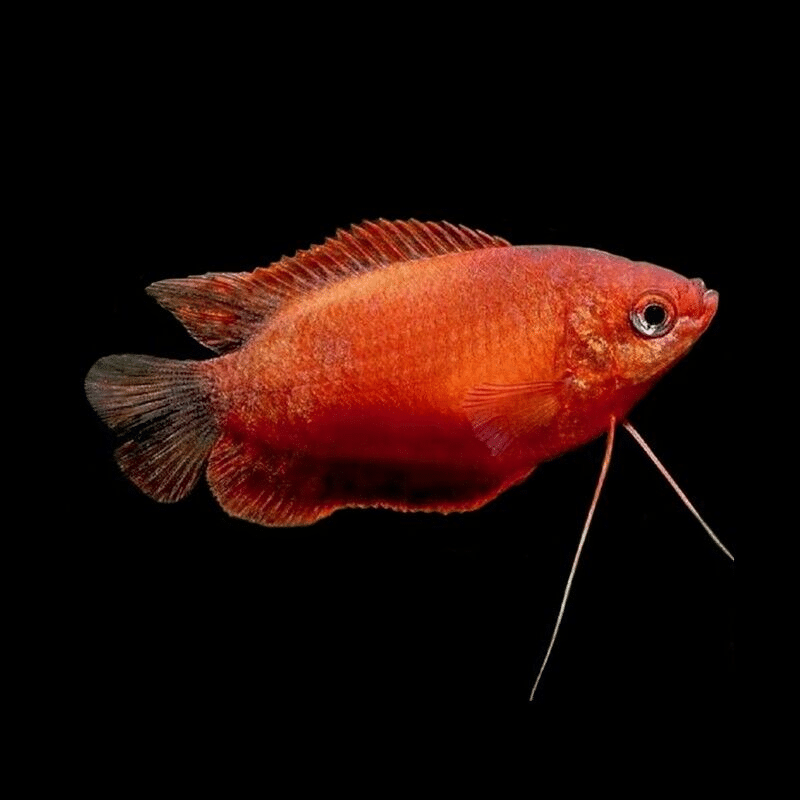
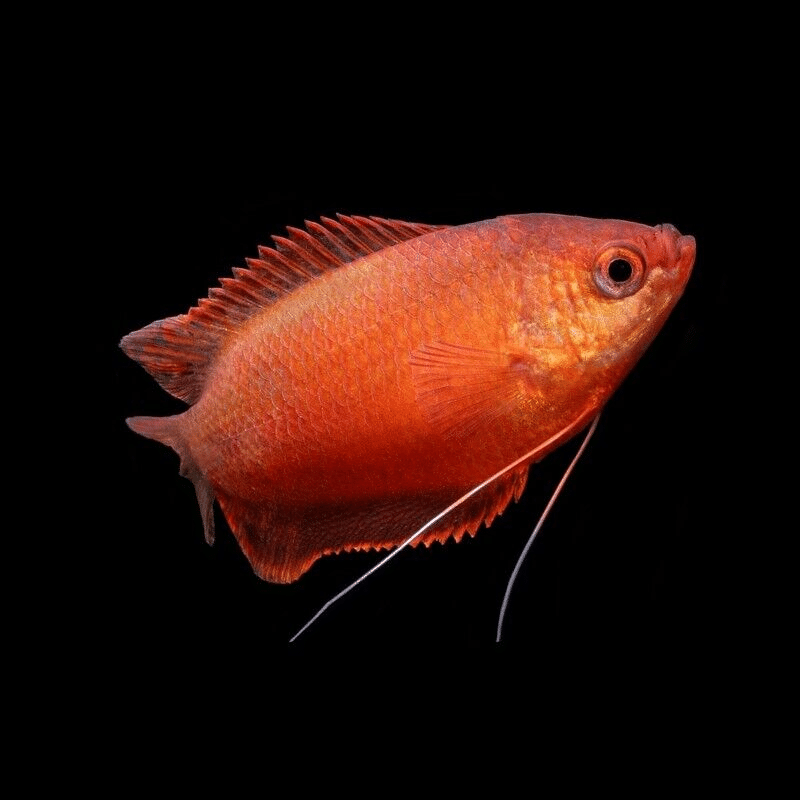

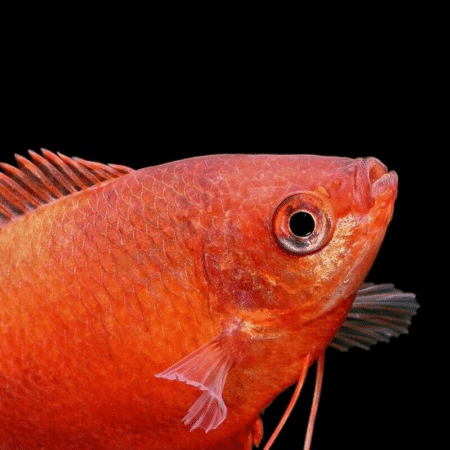














Emily Carter (verified owner) –
I recently added 4 Red Honey Gouramis to my 30-gallon freshwater aquarium, and I couldn’t be happier! These little guys are not just visually stunning with their vibrant orange-red hues, but they also have such a peaceful demeanor. After about two weeks, they’ve settled in beautifully, swimming gracefully amongst the plants and interacting playfully with each other.
Compared to other tropical fish I’ve kept, these gouramis are much more engaging and sociable. They truly enjoy exploring their environment, and I’ve noticed they even come to the front of the tank when I approach, which is a delight! It’s heartwarming to see them thrive in a well-planted setup.
I highly recommend these fish for anyone looking to add a splash of color and personality to their aquarium. They’re great for beginners and seasoned hobbyists alike. Just a heads up, they prefer a slightly warmer water temperature, so make sure to monitor that. Overall, purchasing these gouramis was a fantastic decision for my aquarium, and I would absolutely buy them again!